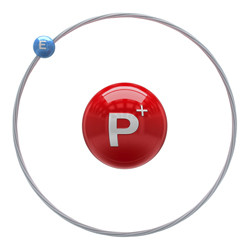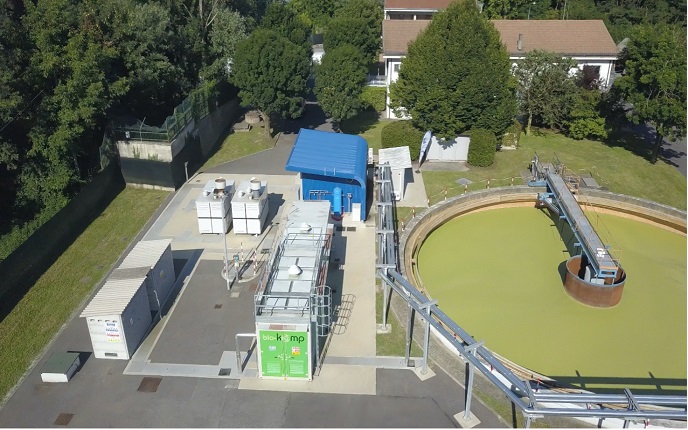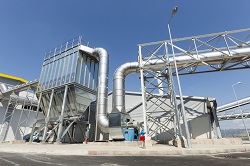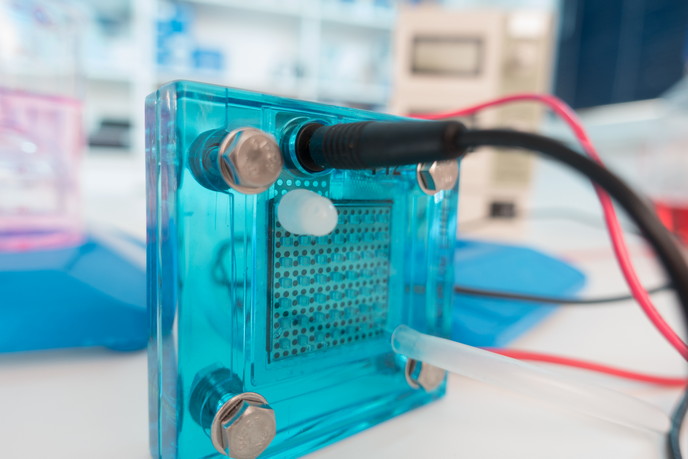Long-life fuel cells for stationary applications
FCs are electrochemical conversion devices, generating electricity by the chemical reaction between a fuel such as hydrogen gas (H2) and the oxygen in air. As such, it is an electrochemical conversion process, but one without burning, fossil fuels or particulate emissions, and it produces only water as a by-product. Further, FCs are efficient, quiet and with no moving parts, meaning there is no friction and associated degradation. Proton exchange membrane (PEM) FCs, also called polymer electrolyte membrane FCs, are currently the leading technology for automotive applications. Research has focused on low-cost production techniques and lifetimes of 5 000 hours. For stationary applications, long lifetime and decreased maintenance costs are often more important than initial investment. The EU-funded project STAYERS(opens in new window) (STAYERS Stationary PEM fuel cells with lifetimes beyond five years) is addressing the need for longevity (more than 40 000 hours of continuous use) and minimised degradation. During the last six-month reporting period scientists focused on completing and analysing the data collected from accelerated ageing tests and the final field tests. Work included post-mortem analysis of the most promising combinations after disassembly. Two membranes produced with improved processes were the subject of final testing. The improvements eliminate post-treatment, facilitate production in rolls rather than sheets and integrate free-radical scavengers. The membranes have been incorporated into third- and fourth-generation membrane electrode assemblies (MEAs) and then integrated into FC stacks in varying combinations, including a rainbow concept containing numerous MEA variations within one stack. Stack field tests have pointed to the irreversible degradation mechanism, but reversible degradation is still under investigation. However, one MEA composition did significantly lower it. In addition, sensitivity of the MEAs to impurities in the H2 feedstock was not affected by accelerated ageing, whereas increased sensitivity to air impurities affected operation. Nevertheless, the MEA with the smallest change is compatible with project targets. All stacks were removed and analysed, highlighting predominant degradation mechanisms. Project outcomes should position Europe as a world leader in FC and hydrogen technologies, creating business opportunities and contributing to reduced emissions and associated climate impact. Long lifetimes reduce operational costs, hence allowing economical feasibility. A good example is the application of MW-size PEM power plants, converting waste hydrogen in “clean” electricity.







